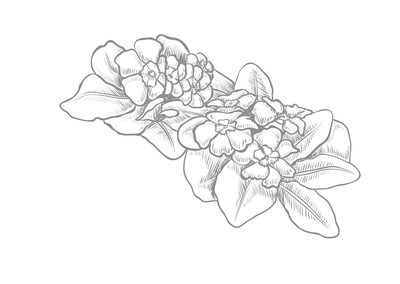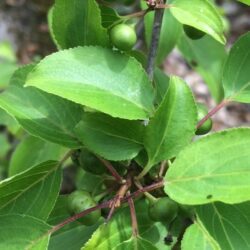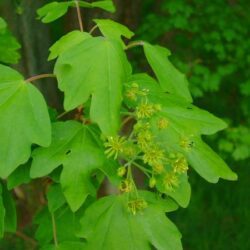Description
It is an important component of the hedgerows that were the traditional field boundaries in lowland England. The wood was traditionally grown as coppice, the poles cut being used for wattle-and-daub building and agricultural fencing. Hazel is so bendy in spring that it can be tied in a knot without breaking. Bees find it difficult to collect hazel pollen and can only gather it in small loads. This is because the wind pollinated hazel has pollen that is not sticky and actually repels one grain against another. Common hazel is typically a shrub reaching 3–8 m tall, but can reach 15 m. The leaves are deciduous
If using in as hedge: All species in a wildlife hedge can be cut back or “Coppiced” without harm. In the 1st year after establishment the hedge can be cut back to stimulate growth of the hedge from the base thereafter cut every 2-3 years. If the weather is unsuitable for planting or receiving the hedging, dig a hole and bury the roots of the bunched plants, they can be held like that till planting. After planting it is advantageous to mulch the hedge with lawn mowing or leaf mould to suppress weeds and also be done with plastic or carpet cuts and covered with soil.








